Buying bed sheets can be a confusing and uninspiring process. Yawn. Visiting a shop on the high street, you’ll need to navigate aisles of bedding options - all wrapped in plastic, and all looking the same. Online, the choice is even wider – if you’re looking for a white double duvet cover at a leading UK department store, you’ll need to choose from 54 different options. 54!
But, whilst traditional retailers like to paralyse you with choice, shopping for bedding should really be a straightforward process – if you know what you’re looking for. That’s why we’ve written this handy little guide of how to shop for bed sheets.
Quality Cotton, Not Quantity
You've probably been told that high thread counts equal better cotton sheets. But what is thread count? Well, it’s the number of threads per square inch of fabric, and it’s a metric that has been given hugely exaggerated importance in the world of bedding.
What really matters, above a base level of threads to give the fabric a tight weave – typically 2-300 - is the quality of the yarn as opposed to the quantity of the threads. Cotton, being a natural fibre, comes in many lengths. Avoid short staple cotton, instead looking for long staple cotton, which is derived from the Gossypium barbadense species of cotton plant, and yields extra-long, silky fibres which makes a soft and durable sheet. This is the single most important factor in determining the feel and quality of your bedding.

Dive into dreamy cotton softness
Single Ply Yarns
Before weaving your bed linen, cotton fibres are joined together into long thin threads of yarn. It’s possible to make threads out of single yarns, or to join multiple yarns together in a plait like thread. This is usually done to create fabrics with higher thread counts, as a double or triple ply yarn will double or triple the number of threads per square inch of fabric. It’s also a way that manufacturers can strengthen lower quality threads that are too weak to be woven as single-ply.
The irony with using plait like threads to boost thread counts is that single ply threads make softer and more durable sheets. Always look for this feature when shopping for your bedding.
 Slip into silky-smooth sateen
Slip into silky-smooth sateen
Where is Your Bedding Made?
Like any product that you buy, bedding is only as good as its makers. The quality of the weaving and finishing of your bedding is just as important as the cotton that goes into them. Making luxury sheets is a true craft. The master cotton weavers of the World are based in Italy & Portugal, and the mills in these regions have typically been run by local families for multiple generations – they have exacting standards and unrivalled expertise.
Where your bedding is made is even more important that where the cotton itself comes from. Whilst Egypt was historically the place to grow high quality cotton thanks to its fertile soil and warm climate, modern farming techniques mean that high quality long-staple cotton with the same characteristics as Egyptian Cotton can be grown around the world. Check out this article on What Egyptian Cotton is - and why it’s not the really the indicator of quality that you might have been led to believe.
 Our bedding is crafted in Portugal
Our bedding is crafted in Portugal
Non-toxic Bedding
You spend a third of your live between the sheets, so it’s important that your bedding is completely free from nasties. Avoid polyester or cotton polyester blends, and look for Oeko-Tex certification, which means your bedding has been made without the use of harmful chemicals at any stage of the manufacturing process. You’d be surprised how many sheets use bleaches and dyes which are not only harmful to the planet, they are harmful to you. Bedding labelled as ‘wrinkle free’ should be avoided at all costs as it has likely been treated with formaldehyde resin, a toxic chemical.
Cotton Weaves
How your duvet covers, fitted sheets, flat sheets and pillowcases are woven has a huge impact on the way your bedding looks and feels. High quality cotton is typically produced in ‘Percale’ and ‘Sateen’ weaves, and it’s completely personal preference as to which you will prefer.
What is Percale?
Percale bedding is made using a traditional ‘one-under-one-over’ criss-cross construction, which produces a fabric with a matte finish, creating a smooth sheet that feels crisp and cool to the touch. Kind of like your favourite dress shirt.

What is Sateen?
Sateen cotton uses a ‘one-under-three-over’ weave, which produces luxury bedding which is often mistaken from silk. It feels buttery soft and smooth to the touch, and has a subtle sheen that mellows beautifully after washing.

Needless to say, these are the things we thought about whilst developing our cotton bedding, all of which is woven from the highest quality cotton, using single-ply construction. Our bedding is made in Portugal by the best craftsmen around and is Oeko-Tex certified to ensure that we produce the most natural of fabrics.


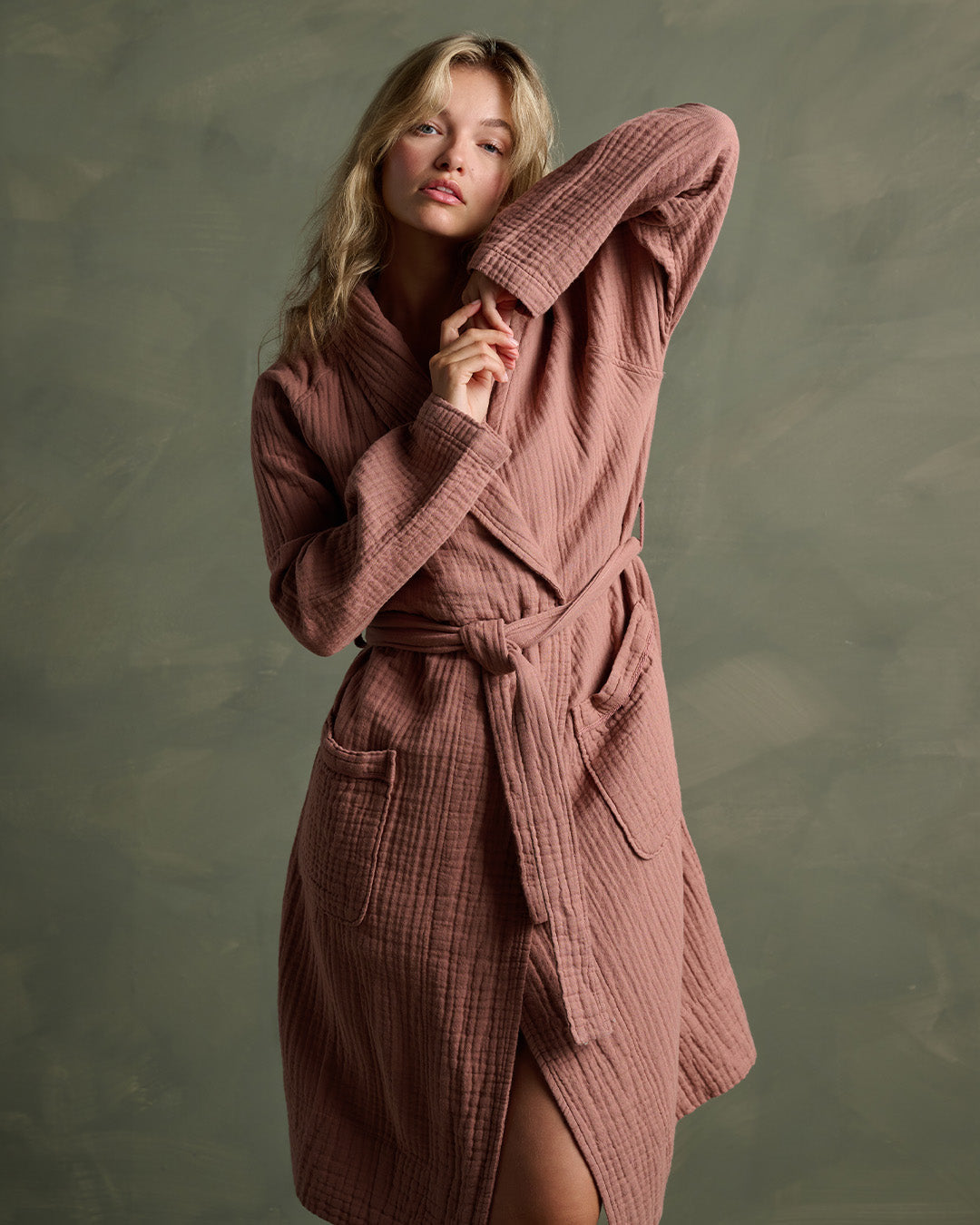
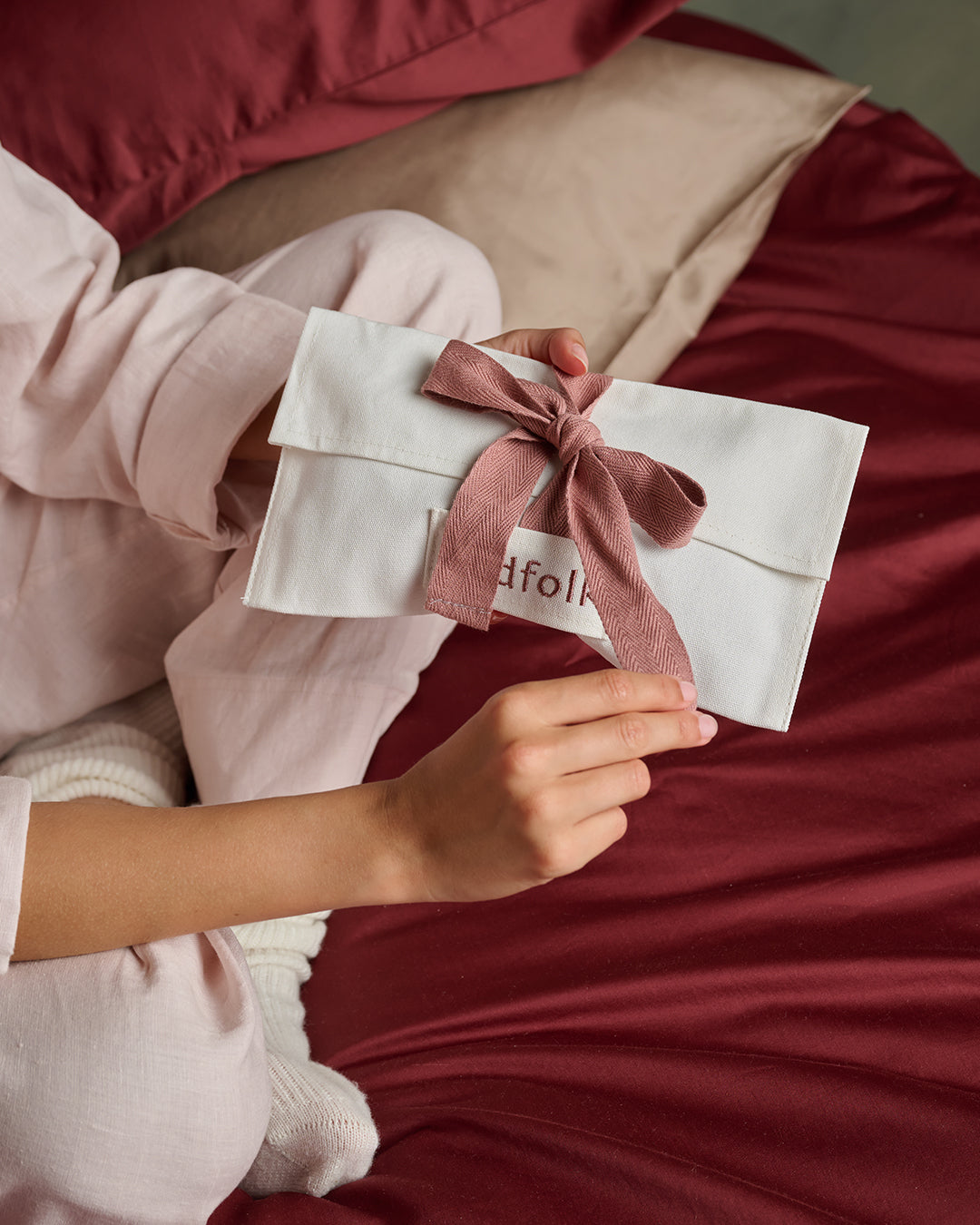
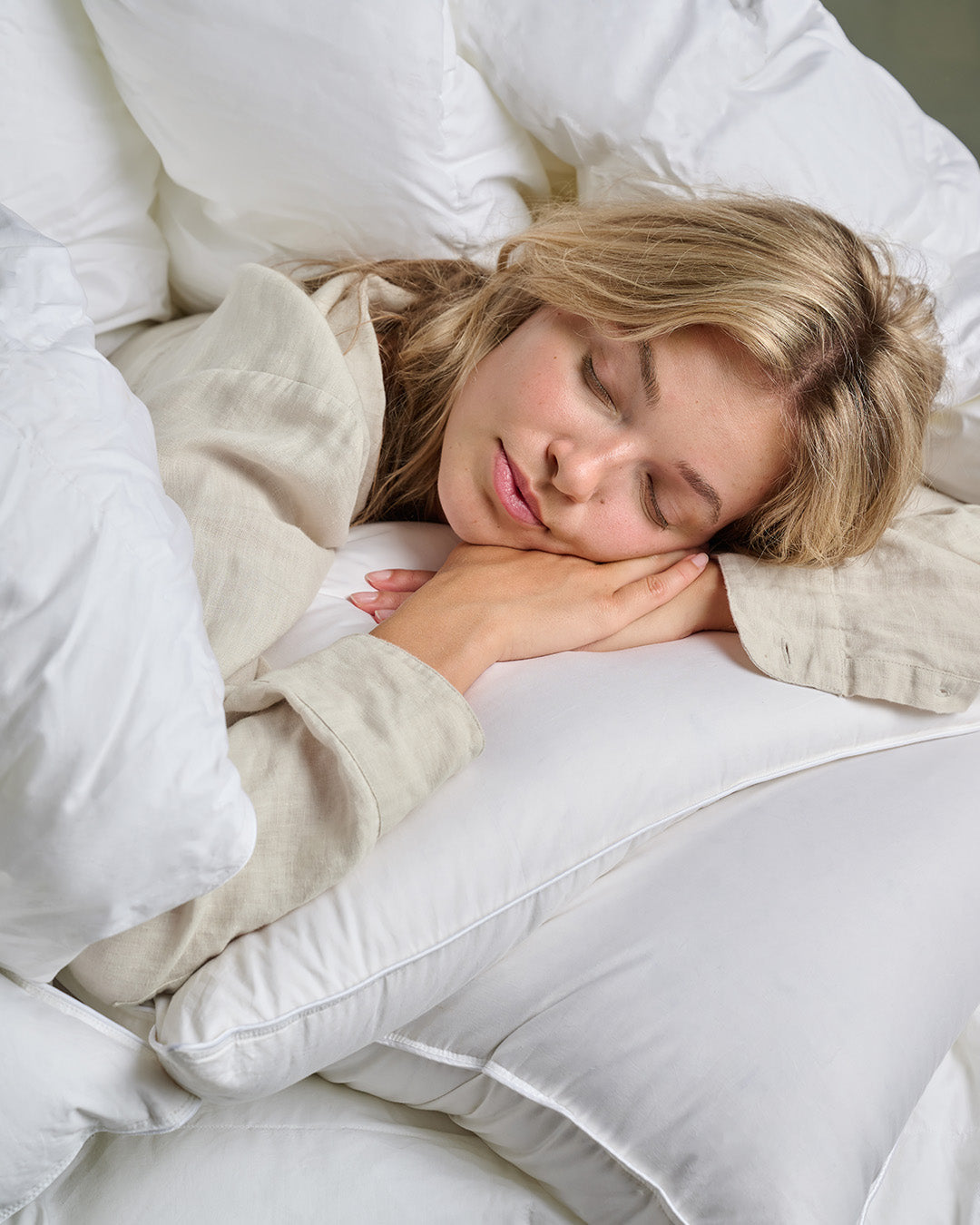

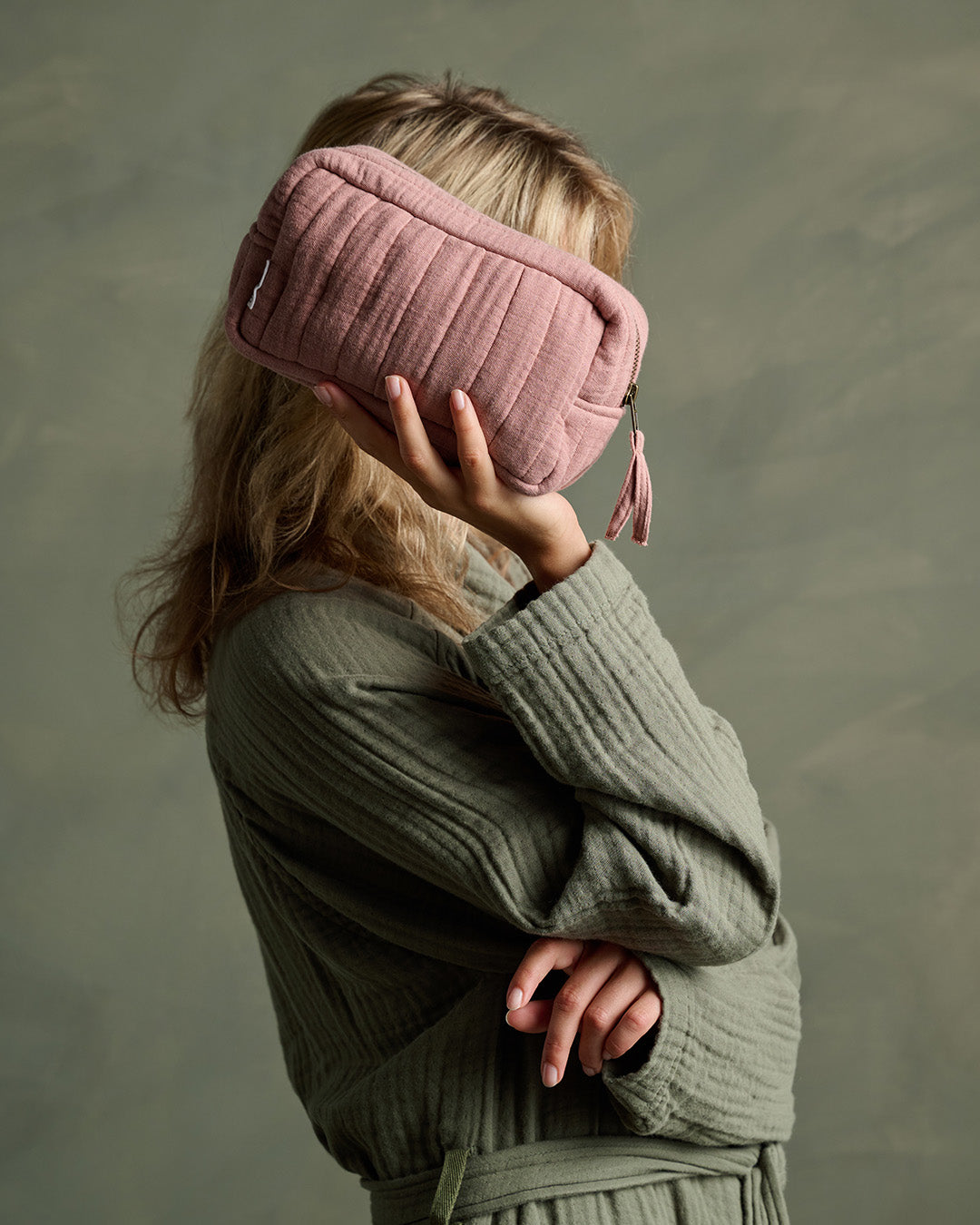


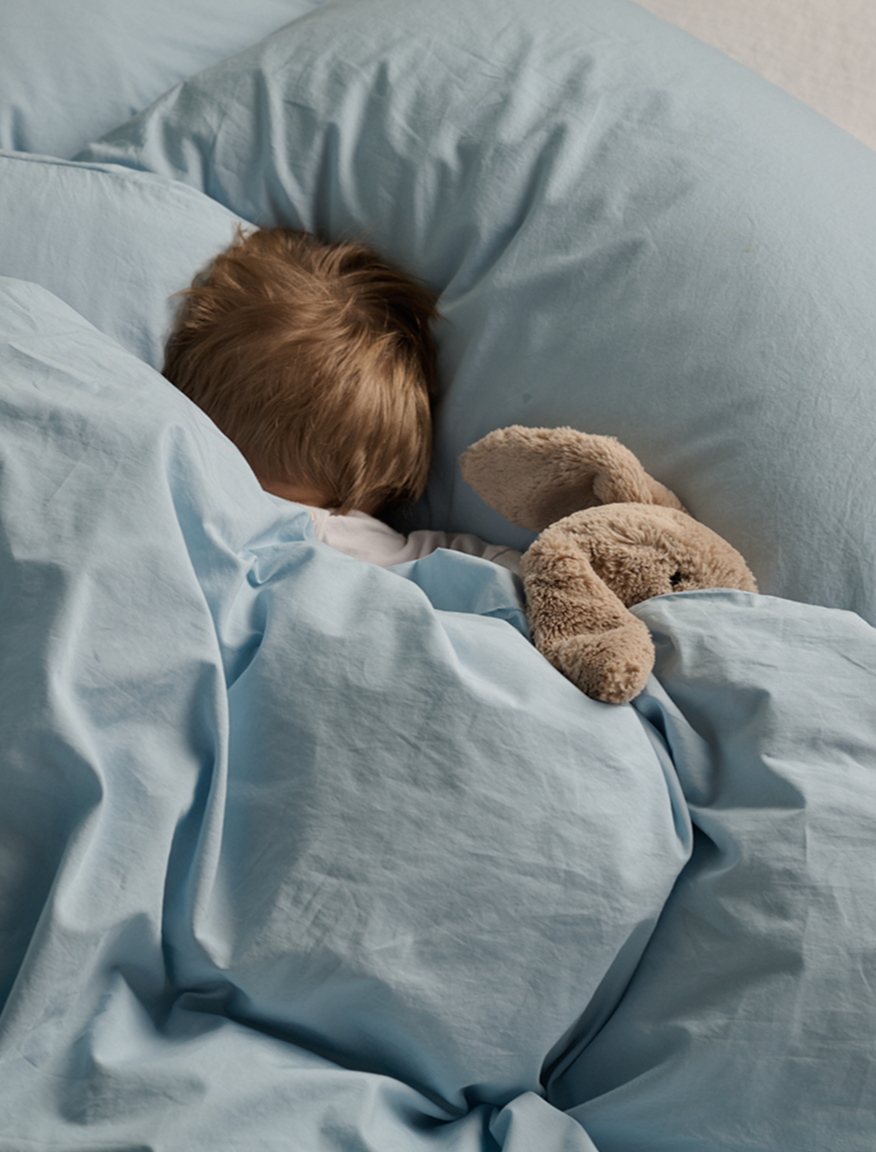
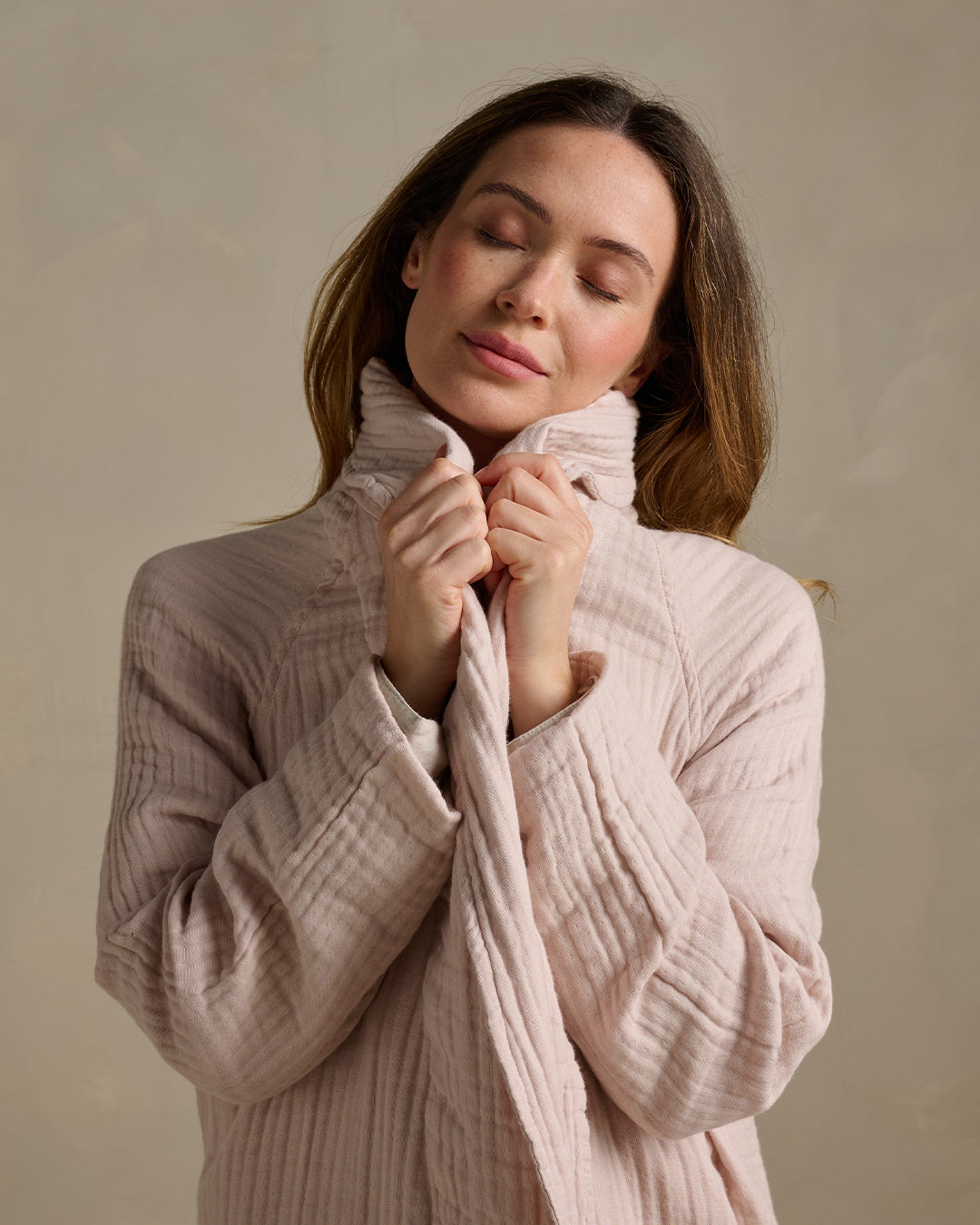


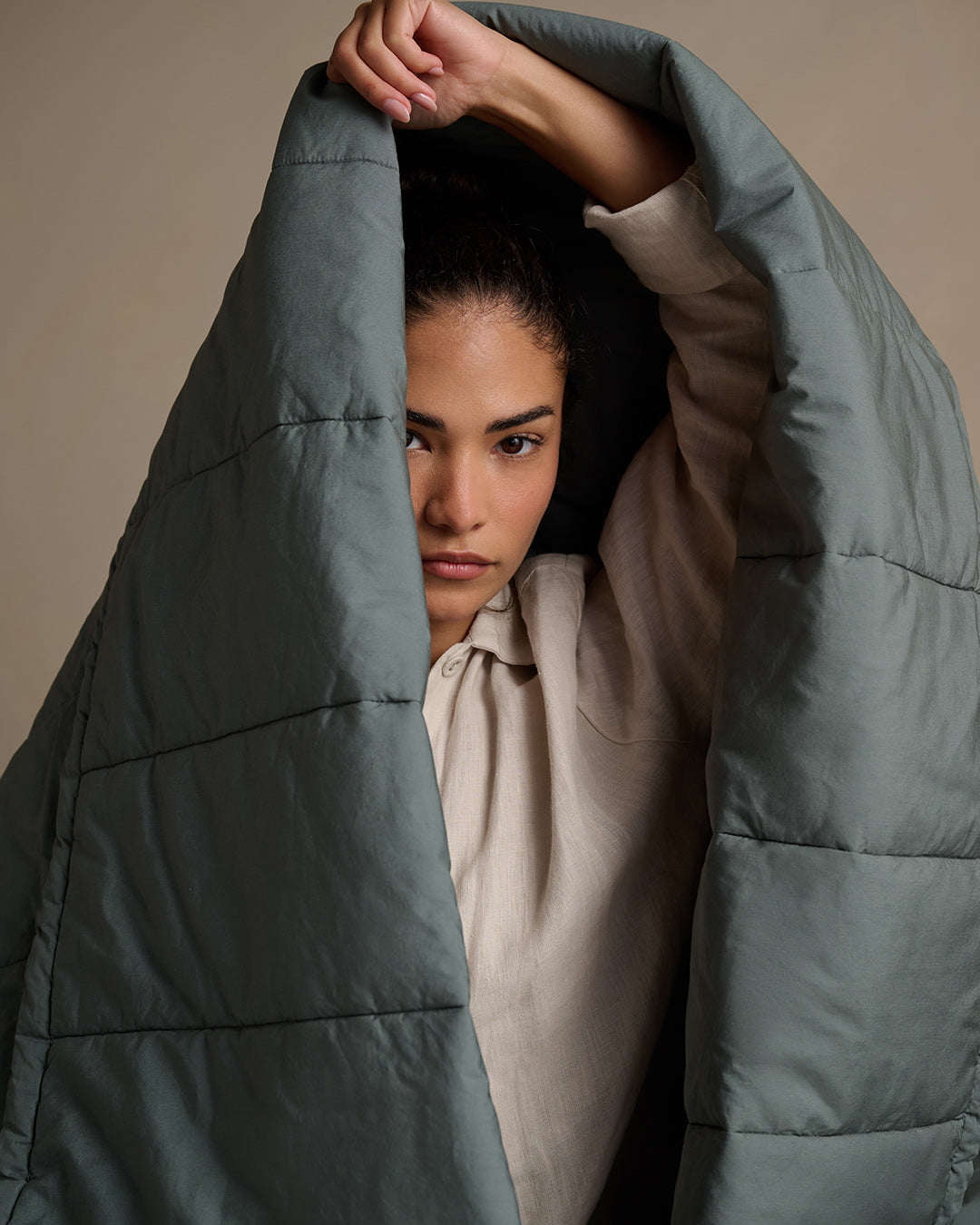
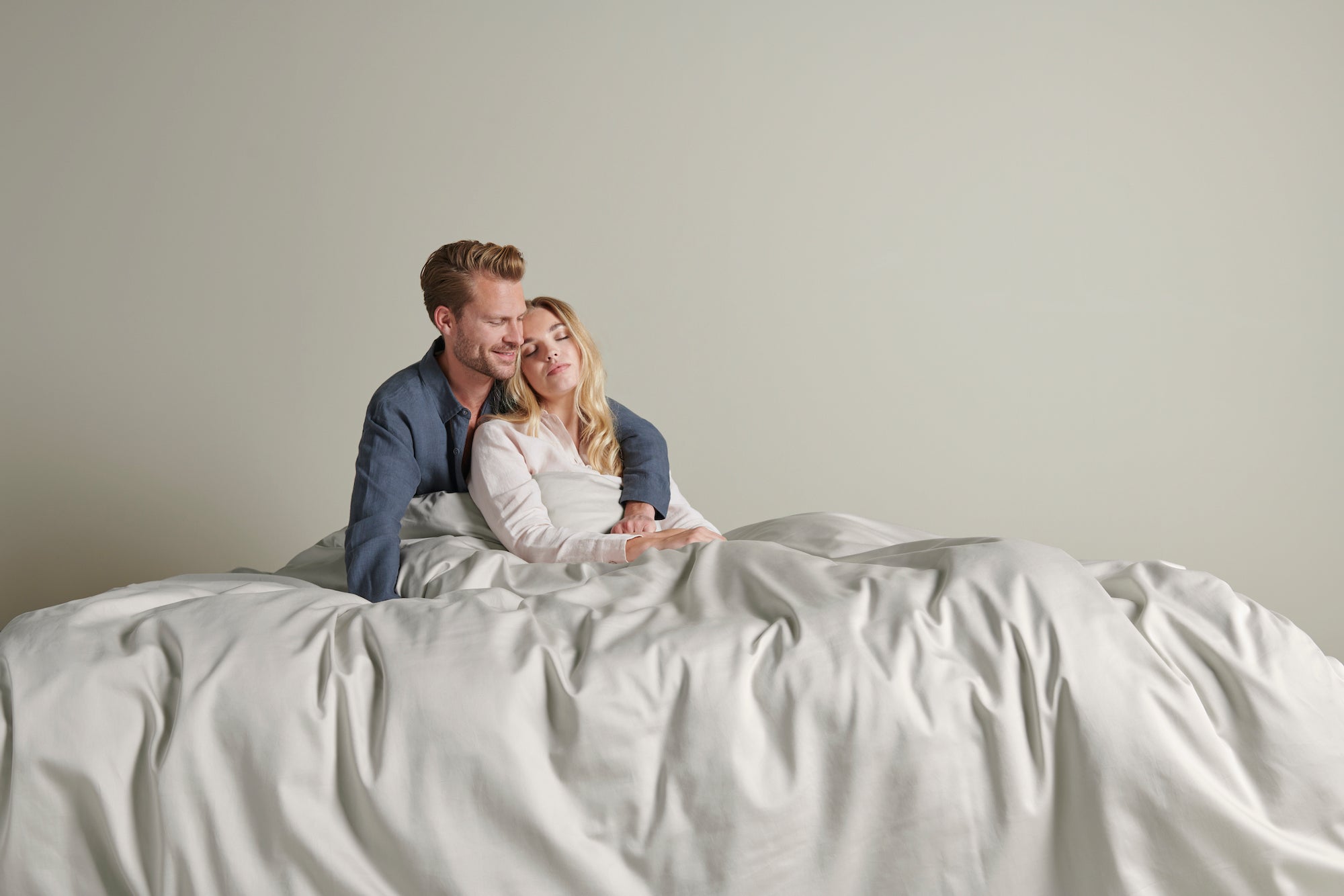

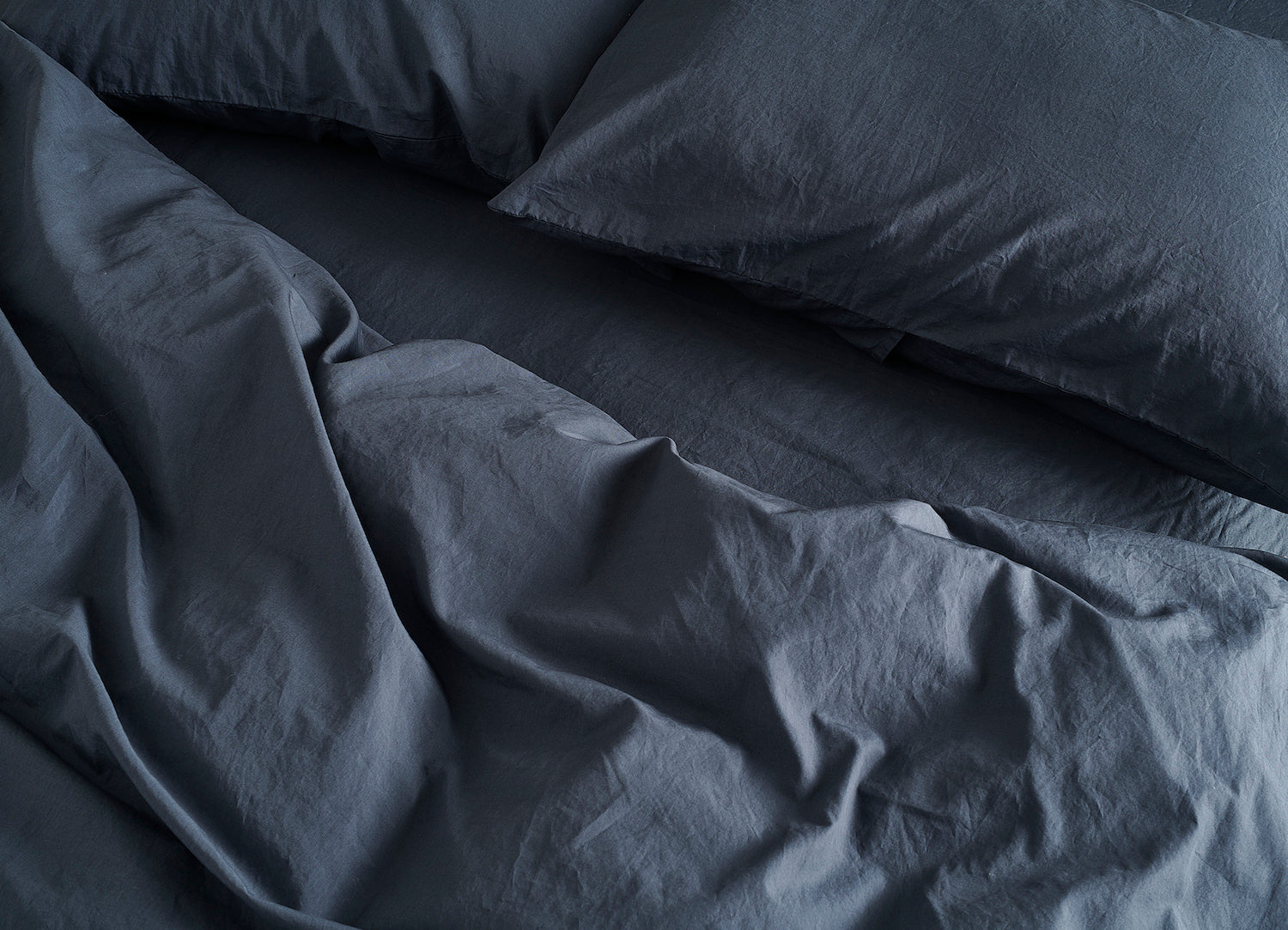
Leave a comment
This site is protected by hCaptcha and the hCaptcha Privacy Policy and Terms of Service apply.